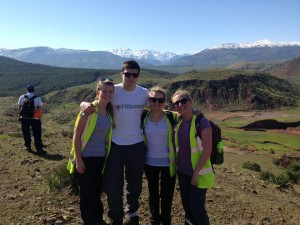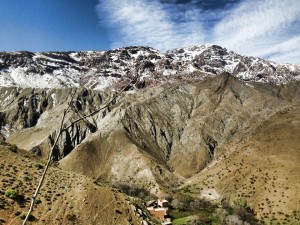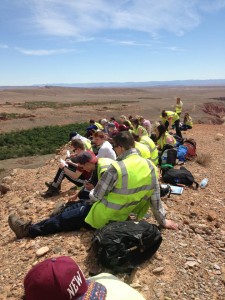Hi all!
This is my last blog post before I hand over to the new Physical Geography Student Ambassador for the 2014/2015 academic year. I hope you’ve enjoyed reading my posts over the past year! Here’s a little summary of what i’ll be doing now as I come to the end of my MPhil….
I am aiming to hand in a final copy of my MPhil thesis by the end of this month, which my supervisors will then review whilst i’m away in Nicaragua, Central America, on a 10 week volunteering trip with Raleigh International! The project is development based and is part of International Citizen Service (ICS), which brings young people together to fight poverty and is fully funded by the Department for International Development. I’ll be working alongside volunteers from Nicaragua and the UK on a project that focuses on sustainable natural resource management, and water and sanitation. ICS works with communities that have specifically requested their help and aims to inspire young people in the UK and overseas to become active citizens who are passionate about long term community development.
To take part in the project I had to raise £800 to allow Raleigh International to continue to bring about positive changes in the development communities where they work. In order to raise this money I ran the Bupa Great North 10K, completing the 6.2 mile course in 59 minutes!
I’m hugely excited now to be submitting my MPhil and moving on to something new. Towards the end of a research degree it does become quite draining and motivation is hard together, but hopefully it’ll all be worth it in the end when i’m back in January looking for jobs!





